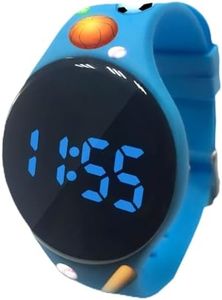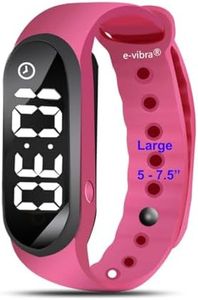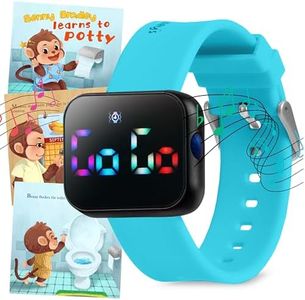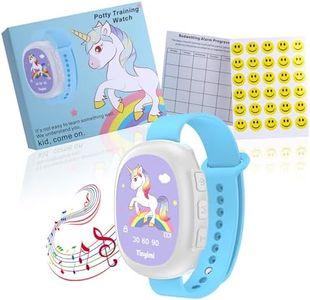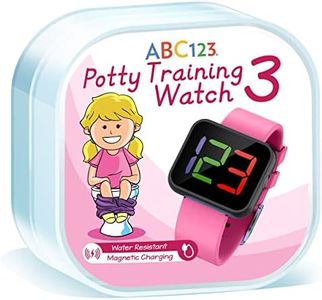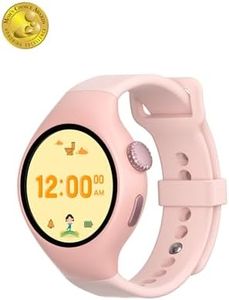We Use CookiesWe use cookies to enhance the security, performance,
functionality and for analytical and promotional activities. By continuing to browse this site you
are agreeing to our privacy policy
10 Best Potty Watch
From leading brands and best sellers available on the web.Buying Guide for the Best Potty Watch
Choosing a potty watch can make potty training easier and more fun for both the child and the caregiver. Potty watches help remind children when it’s time to try going to the bathroom, using visual or sound cues. Since there are different types and features, knowing what to look out for ensures you get a watch that motivates your child and suits your routine. Focus on aspects that affect comfort, usability, and engagement—the right choice can turn potty training into a positive daily habit.Reminder IntervalsReminder intervals refer to the set times at which the watch will alert your child to use the potty. Some watches have fixed intervals, such as every 30, 60, or 90 minutes, while others offer more customization. This feature is important because different children will have different training needs—some may need more frequent reminders at the start, and less as they progress. When navigating interval settings, watches that allow flexibility are suitable for families who need to adjust the timing often, while fixed-interval watches may be enough for those who prefer simplicity. It’s best to consider how frequently your child needs reminding and choose a model with intervals that match your schedule and your child’s habits.
Alert Type (Sound, Vibration, Lights)The alert type describes how the watch notifies the child—common options are sounds, vibrations, or flashing lights, sometimes in combination. This is crucial because some children may respond better to certain cues or may be in environments where one alert type is preferable (quiet places might require vibrations or lights instead of sound). Consider what your child responds to most effectively and whether you’ll be using the watch in places like preschool or daycare where noisy alerts might not be ideal.
Ease of UseEase of use covers how simple it is to set up and operate the watch. Some watches feature a one-button setup, while others have more complex programming. This matters because a simple interface makes it easier for both adults and children to use the device independently. For very young children or busy caregivers, a watch with straightforward controls and minimal steps to set or reset reminders will likely be the best match.
Durability and Water ResistanceDurability refers to how well the watch withstands drops, bumps, and daily wear, while water resistance determines if it can survive accidental exposure to water (like handwashing or spills). Since potty watches are often worn by small children who may be rough on their belongings, these features are important for longevity and ease of maintenance. If your child tends to be active or forgets to remove the watch before washing hands, look for models specifically mentioning durability and water resistance.
Comfort and SizeComfort and size relate to the fit and feel of the watch on the child’s wrist. Straps should be adjustable and made from kid-friendly materials that won't irritate sensitive skin. Watches that are too large or too small may be uncomfortable and discourage regular use. To choose the right size, think about your child’s wrist size, whether they prefer softer or more secure straps, and if the watch will be easy for them to put on and take off by themselves.
Child EngagementChild engagement means how much the watch appeals to your child, which can include colorful designs, character themes, or interactive features. Motivation is a big part of potty training, and a watch that excites your child will likely get better results. If your child already has favorite colors, characters, or enjoys fun lights and sounds, picking a watch that includes these features can help reinforce training routines and make reminders more enjoyable.
